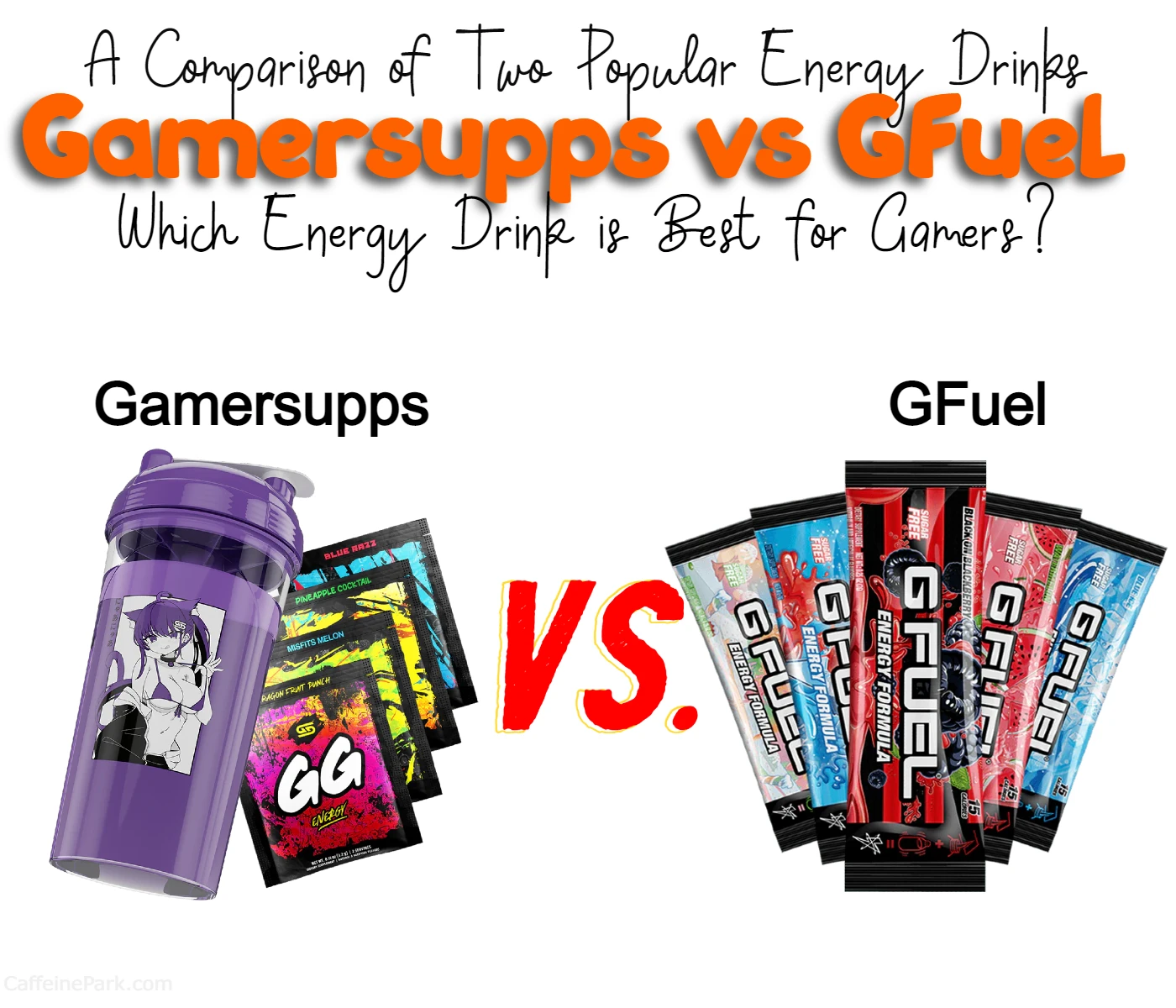
Are you a fan of vanilla-flavored treats? Vanilla is a classic flavor that’s loved by many, whether it’s in the form of ice cream, baked goods, or coffee. But have you ever wondered what the difference is between vanilla and French Vanilla? Today, we’re going to explore the nuances of these two popular flavors and help you decide which one is right for you.
In this blog, we’ll take a closer look at the flavor, color, texture, and use in recipes of both vanilla and French Vanilla. We’ll also dive into the origins of French Vanilla and the different theories about how it got its name. By the end of this blog, you’ll have a better understanding of the differences between vanilla and French Vanilla, and hopefully, you’ll have a new appreciation for these classic flavors.
So, whether you’re a die-hard fan of vanilla or you’re curious about trying out French Vanilla for the first time, make sure to read to the end of this blog. We’ve got all the information you need to make an informed decision about which flavor is right for you. Let’s get started!
Here’s a quick chart outlining the differences between French Vanilla and Vanilla:
| Flavor | Texture | Color | Notes |
|---|---|---|---|
| Vanilla | Light, refreshing | Light | Subtle sweetness |
| French Vanilla | Rich, creamy | Slightly darker | Caramel and egg custard notes |
While both flavors are derived from the vanilla bean, French Vanilla has a more complex flavor profile and a creamier texture than Vanilla. It’s important to keep in mind the differences between the two when choosing which one to use in your recipes or beverages.
Introduction Vanilla vs French Vanilla
What is Vanilla?
Vanilla is a flavor that comes from the seed pods of the vanilla orchid plant. The pods are harvested when they are still green and then undergo a curing process that can take several months. During this time, the pods darken and develop the characteristic flavor and aroma that we associate with vanilla.
Vanilla is a versatile flavor that is used in a wide variety of foods and beverages. It is a popular choice for ice cream, baked goods, and coffee. In fact, many people consider vanilla to be the default flavor for ice cream, as it is so widely used.
What is French Vanilla?
French Vanilla is a term that is often used to describe a type of ice cream or coffee flavor. However, the term does not actually refer to a specific type of vanilla or a specific recipe. Instead, it is used to describe a flavor that is richer and creamier than regular vanilla.
There are a few different theories about the origins of the term “French Vanilla.” Some people believe that it refers to the use of egg yolks in the recipe, which is a common ingredient in French custards and sauces. Others believe that it refers to the use of a specific type of vanilla that is grown in Madagascar, which was once a French colony.
Regardless of its origins, French Vanilla is known for its rich, creamy flavor and aroma. It is a popular choice for ice cream, coffee, and other desserts.
Differences Between Vanilla and French Vanilla
Now that we know what vanilla and French Vanilla are, let’s take a closer look at the differences between the two flavors.
Flavor
The most obvious difference between vanilla and French Vanilla is the flavor. Vanilla has a sweet, slightly floral flavor with a hint of spice. French Vanilla, on the other hand, has a richer, creamier flavor with a stronger vanilla taste. This is due to the addition of egg yolks or other ingredients that give the flavor a more custard-like quality.
Color
Vanilla and French Vanilla also differ in color. Vanilla is usually a light, creamy color, while French Vanilla is often a darker, more golden color. This is due to the addition of ingredients like egg yolks or caramel, which give the flavor a richer color.
Texture
Another difference between vanilla and French Vanilla is the texture. Vanilla ice cream or coffee is usually smooth and creamy, with a light texture. French Vanilla, on the other hand, is thicker and creamier, with a heavier texture. This is due to the addition of ingredients like egg yolks or cream, which give the flavor a more velvety texture.
Use in Recipes
Vanilla and French Vanilla can also differ in how they are used in recipes. Vanilla is a popular flavor for baked goods, and it is often used to enhance other flavors like chocolate or fruit. It is also commonly used in coffee, where it adds a sweet, creamy flavor.
French Vanilla, on the other hand, is often used as a standalone flavor for ice cream, custards, and other desserts. It is also a popular choice for coffee, where it adds a rich, creamy flavor.
Which One Should You Choose?
So, which one should you choose? Ultimately, it comes down to personal preference. If you prefer a lighter, more delicate flavor, then vanilla is probably the way to go. However, if you prefer a richer, creamier flavor with a stronger vanilla taste, then French Vanilla is the way to go.
When it comes to coffee, some people prefer vanilla for a subtle sweetness that doesn’t overpower the coffee flavor, while others enjoy the richness of French Vanilla. It really depends on your taste preferences and what you’re in the mood for.
When it comes to ice cream, both vanilla and French Vanilla are classic flavors that are loved by many. Vanilla is a great choice if you want a lighter, more refreshing flavor, while French Vanilla is perfect if you want something richer and creamier.
It’s also worth noting that there are many variations of both vanilla and French Vanilla. For example, you might come across Madagascar Vanilla, which has a slightly different flavor profile than regular vanilla. Similarly, there are many different recipes for French Vanilla, some of which use different ingredients than others.
Ultimately, the best way to decide between vanilla and French Vanilla is to try them both and see which one you prefer. Whether you’re enjoying a scoop of ice cream or a cup of coffee, both flavors are sure to satisfy your sweet tooth!
Alternative to French Vanilla and Vanilla
If you’re looking for an alternative to French Vanilla and Vanilla, here are a few options:
- Almond Extract – Almond extract has a sweet, nutty flavor that can add depth and complexity to your baked goods and beverages.
- Coconut Extract – Coconut extract has a tropical, sweet flavor that can be used to add a unique twist to your recipes.
- Cinnamon – Cinnamon has a warm, spicy flavor that can be used in place of vanilla in some recipes, particularly in baking.
- Chocolate – If you’re looking for a richer, more decadent flavor, chocolate can be used in place of vanilla in some recipes.
- Lemon – Lemon extract or zest can be used to add a bright, citrusy flavor to your recipes, which can be a refreshing alternative to the sweetness of vanilla.
While these alternatives may not be exact substitutes for French Vanilla and Vanilla, they can add new and interesting flavors to your cooking and baking. Experiment with different flavor combinations and see what works best for you!
FAQs
Vanilla is a classic flavor that has a subtle sweetness and a light, refreshing taste. French Vanilla, on the other hand, has a richer, creamier texture and a more complex flavor profile with notes of caramel and egg custard. French Vanilla is also slightly darker in color than regular vanilla.
While both flavors are derived from the vanilla bean, they have distinct differences in taste and texture. In some recipes, you may be able to substitute one for the other, but it’s important to keep in mind that the end result may not be exactly the same. It’s best to follow the recipe’s instructions and use the recommended type of vanilla.
It really depends on your personal preference. If you prefer a lighter, more refreshing flavor, Vanilla may be the way to go. But if you’re looking for a richer, creamier flavor, French Vanilla might be the better choice. Ultimately, the best way to decide is to try them both and see which one you prefer.
Yes, there are several types of vanilla, including Madagascar Vanilla, Tahitian Vanilla, and Mexican Vanilla. Each type has a unique flavor profile and aroma, depending on the region where it’s grown and how it’s processed.
Read More:





